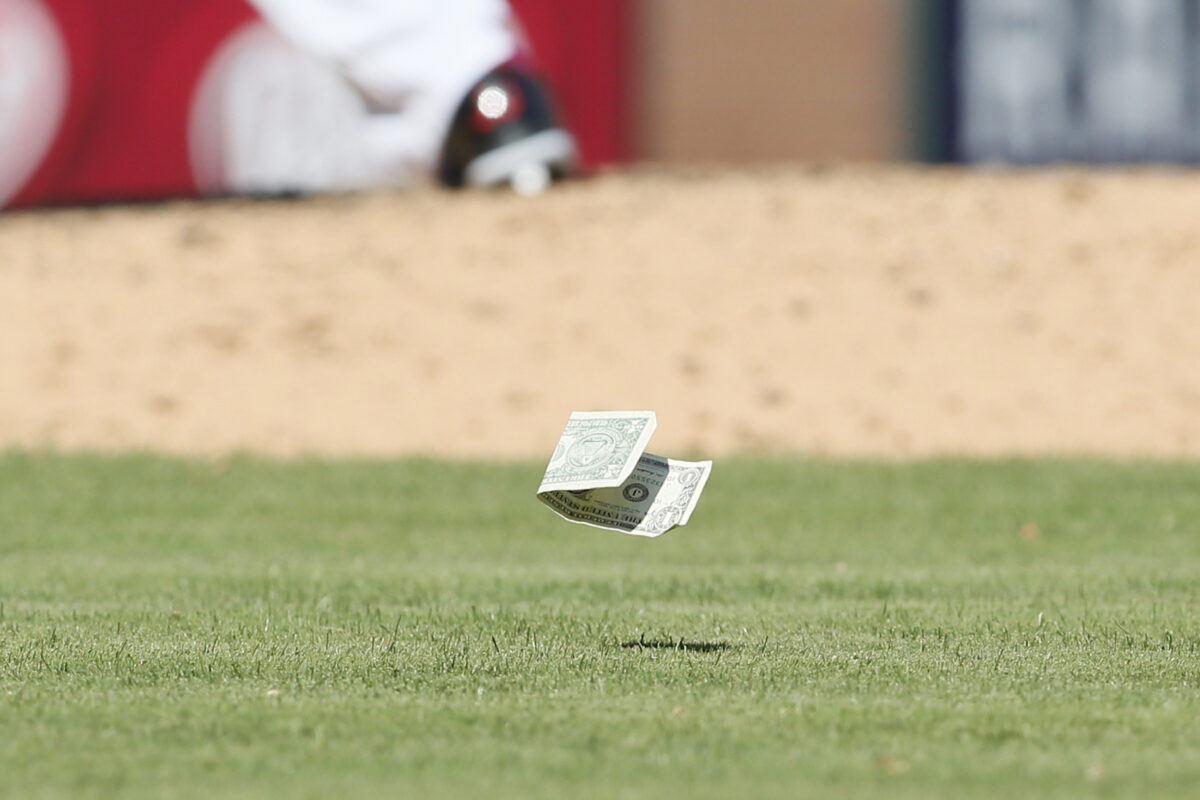The reality of NIL is not a bad thing. Players are getting compensated in ways which weren’t allowed by NCAA rules a decade ago. Athletes with real market value are able to capitalize on that value in an industry where 80,000 or 90,000 or 100,000 fans cram stadiums on fall Saturdays to see football players play.
Players being compensated is great. Let’s be clear on that. However, the way they get compensated leaves room for improvement.
Let’s be honest: NIL money is considerable, and it involves large expenditures to players before they have played a single snap of college football. It’s that last detail which should bother longtime industry watchers. Sure, an athlete should get some money up front. That’s part of the new world of athlete compensation. However, there isn’t a well-designed incentive structure for athletes after they get that initial NIL bag.
A way to improve the compensation model in major college football would be to have a salary cap — for lack of a better term — on initial “get in the door” NIL payments. There should be limits placed on initial gifts from programs. Then, once the athlete has joined the school, he can pursue bonuses or incentives to increase NIL income. Team achievements should be connected to NIL compensation. More player earnings should come on the back end, not the front end. Will the sport have the guts to try this? We will see.
Visit our friends at Fighting Irish Wire, Buffaloes Wire, and Ducks Wire.
